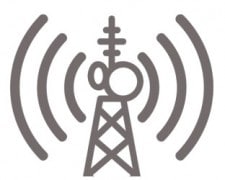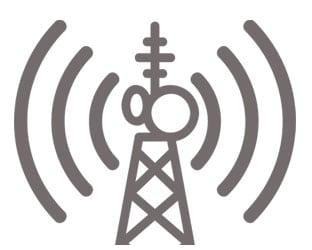 The countdown to a window for the acceptance of new LPFM applications is now in progress, with a target date of 10/15/13. The FCC hopes to build the medium, and also build out more FM translators in the process. LPFM applicants can make a 2nd adjacency waiver part of their request; and translator applicants have a bit more cap room both locally and nationally.
The countdown to a window for the acceptance of new LPFM applications is now in progress, with a target date of 10/15/13. The FCC hopes to build the medium, and also build out more FM translators in the process. LPFM applicants can make a 2nd adjacency waiver part of their request; and translator applicants have a bit more cap room both locally and nationally.
The key to the LPFM effort has been creating space for them in the crowded airwaves of America’s largest markets, hence the opening for what would have been short-spaced stations under the old rules. Such station applications must show that they will not interfere with existing stations.
On the translator side, the national cap has been increased from 50 to 70, provided that at least 20 of the applications are for areas outside the 156 markets the FCC studied in terms of available space for the two services. On a local level, the cap has been increased from one to three translators, as long as they do not foreclose the opportunity to build LPFMs, do not overlap with one another and fit within the applicant’s national cap room.
The FCC said that earlier FM translator rules seemed to have fostered the submission of speculative applications. The increase in the national cap was installed for the benefit of applicants who had a genuine desire to provide service to areas with a smaller population without compromising their ability to participate in the service of larger communities. The FCC also said that there will be opportunities for further applications down the road.
Congressional proponents of LPFM Mike Doyle (D-PA) and Lee Terry (R-NE) were on hand to enjoy the moment. Both praised the FCC for getting it right – finding a way to promote LPFM that was in line with the intent of Congress.
On the LPFM side, the Commission added a few wrinkles from previous efforts – it provides for 3rd adjacency waivers for short-spaced stations; changes some of the criteria upon which competing applications are judged, including awarding points for applicants planning to work out of a local main studio; and made it easier for tribal nations and student-run stations to receive a license. The rules are designed to favor licensees that will offer local programming.
The Commission also unveiled a number of tools, including most prominently a mapping tool, that will allow potential LPFM applicants that lack broadcast expertise and access to an engineer the opportunity to assess LPFM availability in their area. Existing FCC tools in this area have been improved and augmented.
The measure passed easily on a 5-0 vote.





